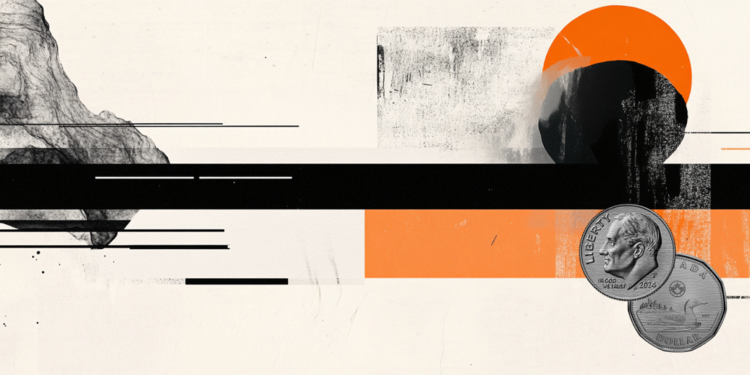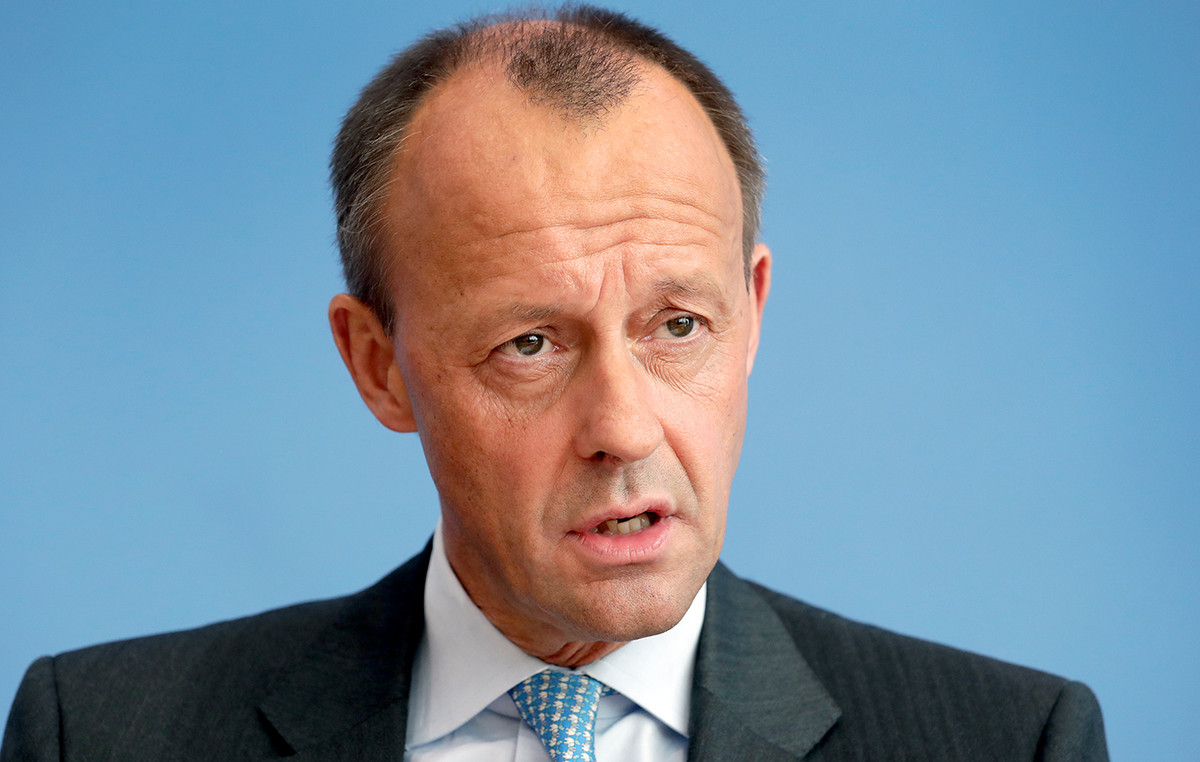The anticipation was correct, and it had been confirmed, moreover. The International Agency for Research on Cancer, the specialized arm of WHO, has added theaspartame in the list of items «potentially carcinogenic», the so-called group 2B. All this together with the work of the Joint Committee of Experts on Food Additives of the WHO and the FAO. This essentially means giving official and absolute relevance to some evidence that over time has proven a connection, albeit mild, between aspartame – a dipeptide composed of aspartic acid and phenylalanine – and cancer. A risk indeed very content but that can no longer be ignored.
What the studies say
Mary Schubauer-Beriganinterim head of the WHO agency’s monographs programme, explained that the decision was based, specifically, on “limited human evidence for one type of liver cancerThe HCC, resulting from three studies conducted in the United States and ten European countries. According to the experts of the various bodies involved in the decision, the evidence is therefore limited and the daily dose should be settled on 40 mg per kilo of body weight. In this sense, nothing new even compared to what EFSA, the European Food Safety Authority, had already established ten years ago, with a first comprehensive risk assessment in which it had indicated the acceptable daily dose precisely at 40mg/kg of body weight/day. In practice, for an adult weighing 70 kilos, the acceptable daily intake is established at around 2,800 mg. The IARC’s examination, complementary to but independent of that of the joint FAO/WHO committee, will be published in the journal Lancet Oncology.
What products is aspartame found in?
Used since the 1980s as a food additive – to be indicated with the acronym And 951 – in products such as drinks (the recipes of 95% of those use it carbonated soft drinks but also of 90% of the ready teas), ice creams, jellies, pastry and confectionery productsdairy products such as lo yogurt, breakfast cereal, chewing gum, dietary products and for weight control – but also in toothpastes And some drugs – as well as how table sweeteneraspartame is about two hundred times sweeter than sugar.
As we had seen, in the list of 322 possibly carcinogenic agents – they are available here together with those certainly associated with cancer – for example also appear thealoe verai picklesThe chloroform or theginkgo biloba extract as well as dozens of active ingredients used in myriads of drugs and compounds we are subjected to every day. The Iarc scale is in fact divided into two other alarm levels, “probably carcinogenic to humans” (currently 94 agents) and “carcinogenic to humans” (126 agents).
“We need better studies with longer follow-up and repeated questionnaires in existing cohorts. Randomized controlled trials are needed, including those addressing mechanisms regulating insulin, metabolic syndrome and diabetes, particularly in relation to carcinogenicity,” he concluded. Moez Sanaa, head of the WHO Food and Nutrition Unit. The general invitation of the experts is therefore to reduce your intake of products containing this type of sweetener, and sugary products in general. Finally, maximum attention to the children «who are exposed to a taste adjustment quite early and therefore basically routed to continue consuming sugary products». For them, on the other hand, the maximum daily dose allowed may be more easily achievable, especially with an inattentive diet.
Source: Vanity Fair
I’m Susan Karen, a professional writer and editor at World Stock Market. I specialize in Entertainment news, writing stories that keep readers informed on all the latest developments in the industry. With over five years of experience in creating engaging content and copywriting for various media outlets, I have grown to become an invaluable asset to any team.







